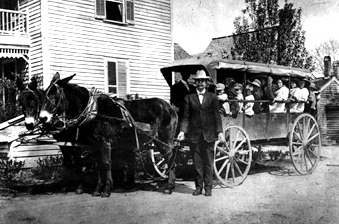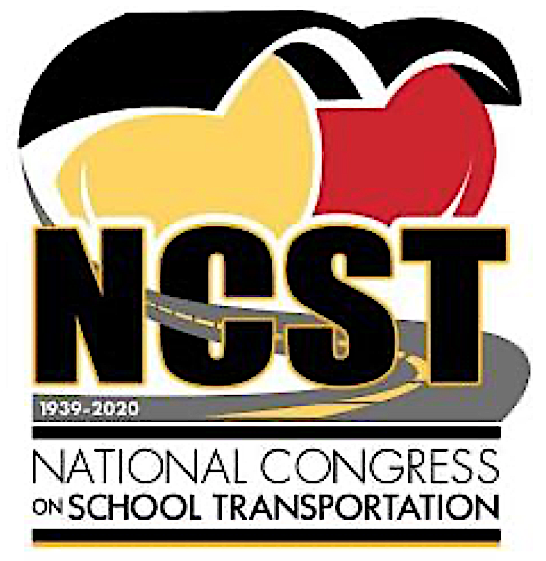Non-School Bus
Select a category to view additional information:
There are many locations where walking to school is a safe, viable option for students that live near their school. The federal Safe Routes to School initiative points out the health benefits to an increasingly obese student population. Without the protection of the school bus, safety considerations are different and parent / student education are the primary defense provided to student pedestrians.
While small in number when compared to the nation’s school bus fleet, public transit buses move large numbers of passengers on a daily basis. Issues for student passengers including crash protection and interactions with the general public pose raise the need for different kinds of training for student passengers. Due to federal restrictions on the use of public transit for school transportation, local boards of education need to be well informed before implementing local policies involving this mode of transportation.
MotorcoachDistance, comfort and convenience often lead school groups to choose motor coach transportation for activity trips. While these vehicles do not meet the construction standards of school buses, the motor coach industry has a good passenger safety record. Schools and school groups are well served to be informed about the regulations impacting the motor coach industry in order to make the best safety decisions for their student passengers.
VansThe 15-passenger van in past years served as an attractive, inexpensive way to transport small groups of students. Several high profile fatal crashes and regulation by the National Highway Traffic Safety Administration have served to educate school transporters of the dangers associated with this mode of transportation.
Non-School Bus Crash Protection
Most vehicles on the road today are not built to the same construction standards as school buses. As a result, most states have strict laws addressing restraint systems for passenger vehicles.

